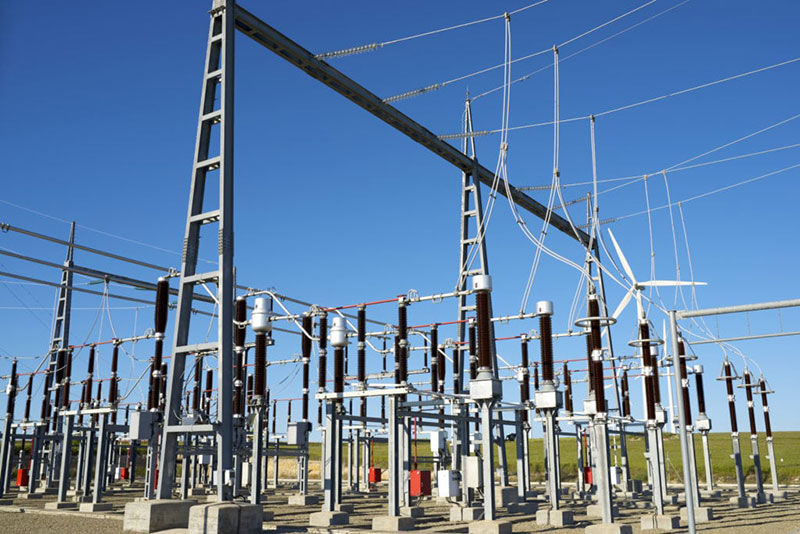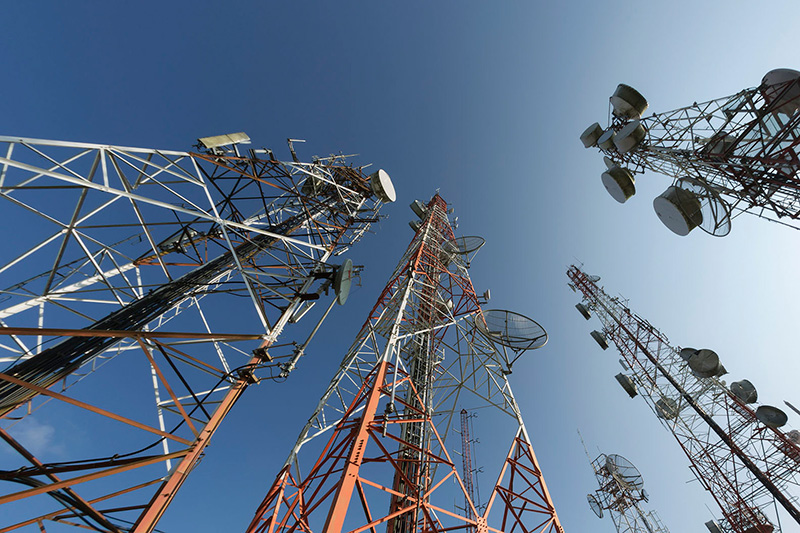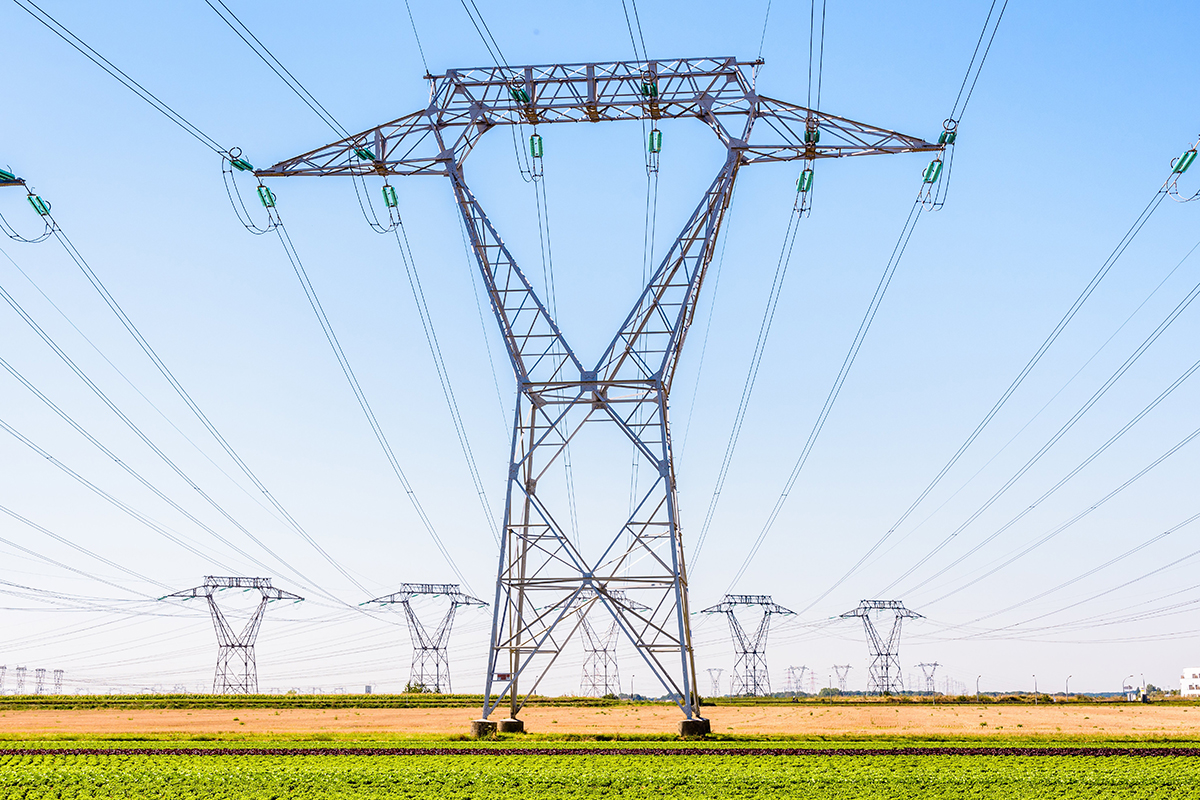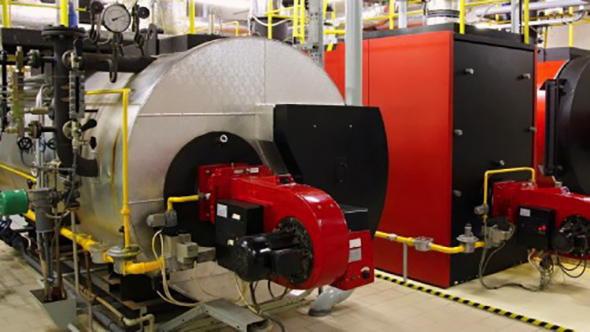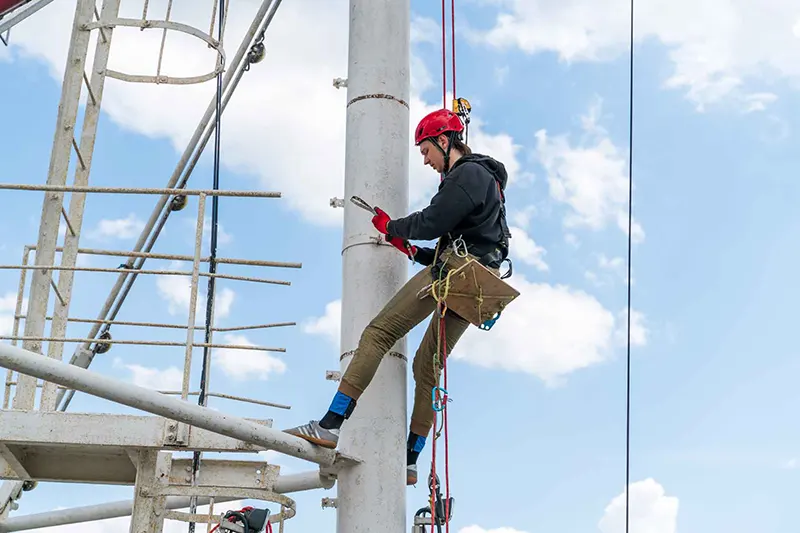Tower construction is a specialized and high-risk field. Whether building telecommunications, power transmission, or other types of towers, the safety of workers is the top priority. In this article, we will explore the essential safety practices that must be followed to ensure a safe and efficient work environment for all involved.Essential Safety Practices Every Tower Construction Worker Must Follow
Why Safety is Crucial in Tower Construction
Tower construction involves several hazards, such as working at great heights, operating heavy machinery, and dealing with electrical equipment. If not managed properly, these risks can lead to serious injuries or even fatalities. By following best safety practices, tower construction projects can be completed safely, efficiently, and without incidents. A strong safety culture also enhances worker productivity and contributes to the overall success of the project.
Top Safety Practices in Tower Construction
1. Personal Protective Equipment (PPE)
Personal protective equipment is essential for ensuring safety on tower construction sites. The following items should be mandatory for all workers:
- Harnesses and Fall Arrest Systems: These systems are crucial for preventing falls, the most significant risk in tower construction. Full-body harnesses with appropriate lanyards and fall arrest systems must be worn by all workers working at heights.
- Hard Hats: Hard hats protect workers from falling debris and should be worn at all times.
- Insulated Gloves & Safety Boots: Insulated gloves prevent electrical shocks, while safety boots protect workers from crushing injuries.
- High-Visibility Clothing: This ensures workers remain visible, especially near moving machinery or in low-light conditions.
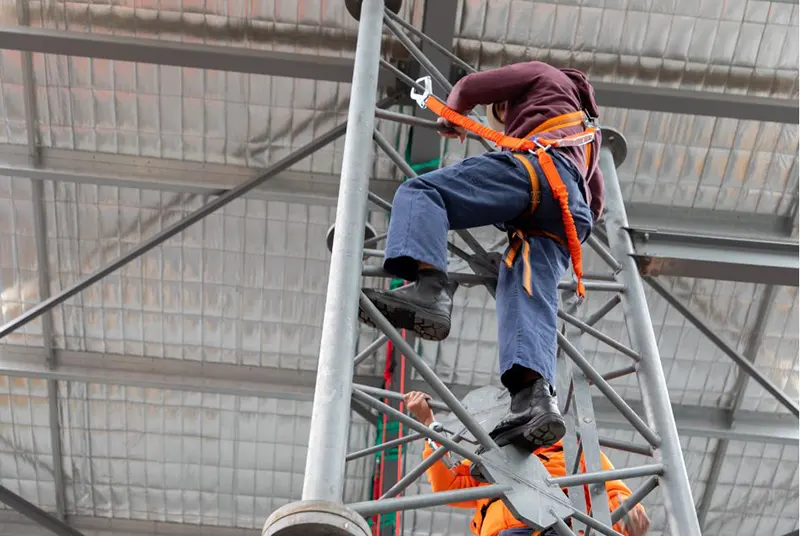
2. Height Safety Measures
Working at heights presents significant risks, but these can be mitigated with proper planning and equipment.
- Safe Access Equipment: Use stable ladders, scaffolding, or aerial lifts to ascend and descend the tower. Ensure these tools meet all safety regulations.
- Work Platforms: Installing secure work platforms at various levels of the tower provides stability and safety. Workers should be secured to these platforms with safety harnesses.
- Height Safety Training: Comprehensive training on how to work safely at heights is essential. This includes correct use of fall protection systems and emergency response protocols.
3. Electrical Safety
Electrical hazards are another critical risk in tower construction. These best practices ensure safety when dealing with electrical components:
- De-energizing and Grounding: Always ensure electrical equipment is de-energized and grounded before any work begins. Never assume that wires are inactive; always confirm before starting work.
- Lockout/Tagout Procedures: This procedure ensures electrical systems cannot be accidentally re-energized during work. Lockout/tagout devices must be used.
- Electrical Hazard Training: Workers must be trained on how to identify electrical hazards and how to safely work near energized equipment and power lines.
4. Heavy Machinery and Equipment Safety
Heavy machinery, such as cranes and hoists, is frequently used in tower construction. To prevent accidents:
- Proper Equipment Use and Inspection: All machinery should be operated by trained and certified personnel. Equipment must undergo thorough inspections to ensure safe operation.
- Clear Communication: Use two-way radios or hand signals during crane operations to avoid misunderstandings and ensure everyone’s safety.
- Proper Rigging: Ensure that materials are securely rigged before lifting to prevent accidents due to equipment failure.
5. Weather-Related Safety
Tower construction often takes place outdoors, meaning weather conditions can directly impact safety. Here’s how to manage weather-related risks:
- Weather Monitoring: Always monitor weather forecasts and halt work if severe weather conditions, such as thunderstorms or high winds, are predicted.
- Emergency Weather Protocols: Implement clear protocols to evacuate or shelter workers during severe weather conditions.
- Protection from Extreme Heat or Cold: In hot weather, provide hydration and cooling systems, while in cold weather, ensure workers have protective clothing to prevent frostbite.
6. Site Safety and Housekeeping
Maintaining a clean and organized construction site reduces the risk of accidents:
- Clear Pathways: Ensure that all paths to and from the worksite are free of debris and obstacles.
- Proper Material Storage: Store materials securely to prevent shifting and falling accidents.
- Signage and Barricades: Use proper signage to mark danger zones, and ensure barricades are in place to restrict access to high-risk areas.
Power transmission towers
7. Training and Certification
Safety training is essential for all workers in tower construction:
- Safety Training: All workers should undergo thorough training on safety protocols, equipment use, and emergency procedures.
- Certification for Equipment Operators: Workers who operate heavy machinery must be certified to ensure safe operation.
- Regular Refresher Courses: Ongoing training ensures workers stay up to date with the latest safety regulations and techniques.
8. Emergency Response Plans
Every tower construction site must have clear and effective emergency response plans:
- First Aid and Medical Assistance: Have first aid kits available on-site and ensure at least one worker is trained in basic first aid.
- Emergency Evacuation Routes: Clearly mark evacuation routes and ensure workers are aware of them.
- Rescue Plans: In case of an emergency, such as a fall, a detailed rescue plan must be in place to safely retrieve workers.
9. Continuous Safety Inspections
Regular safety inspections are key to preventing accidents:
- Pre-Construction Safety Audits: Conduct a safety audit before beginning work to identify potential hazards.
- Ongoing Site Inspections: Regularly inspect the construction site during work to identify and mitigate new risks.
- Post-Construction Review: After project completion, conduct a safety review to ensure the site remains secure.
ISO Standards for Construction Safety
Conclusion
Safety is non-negotiable in tower construction. By following these best safety practices, such as using proper PPE, maintaining height safety measures, ensuring electrical safety, and keeping the site organized, you can minimize the risks and complete tower construction projects safely and efficiently. Prioritizing safety not only protects workers but also enhances the success and productivity of the project.

